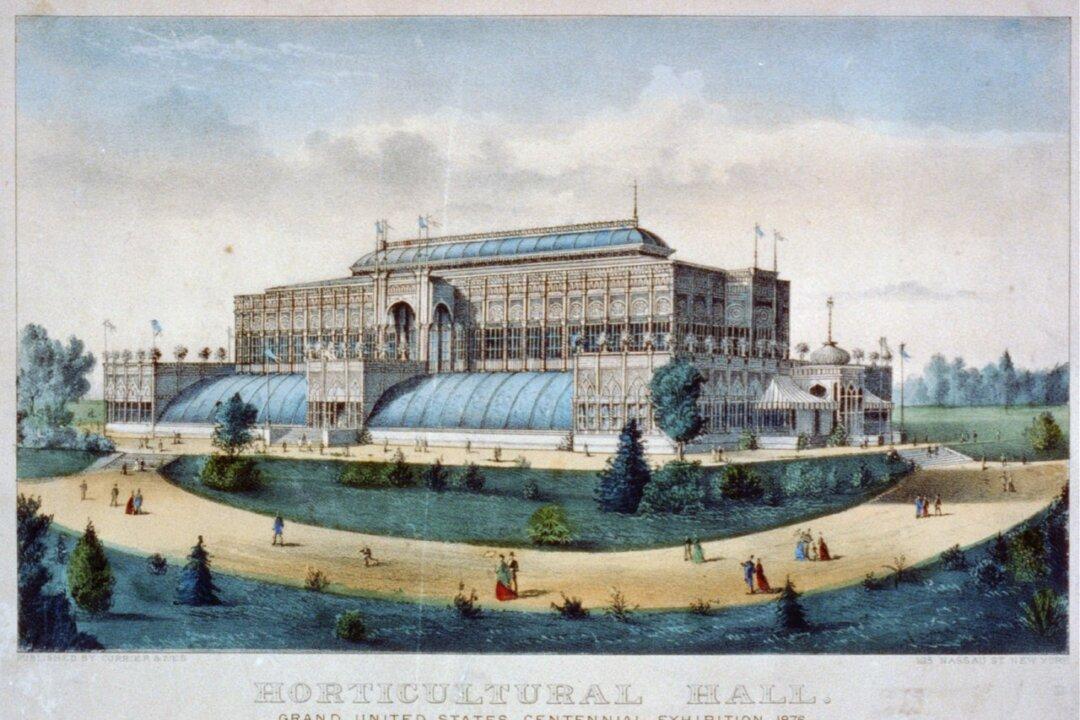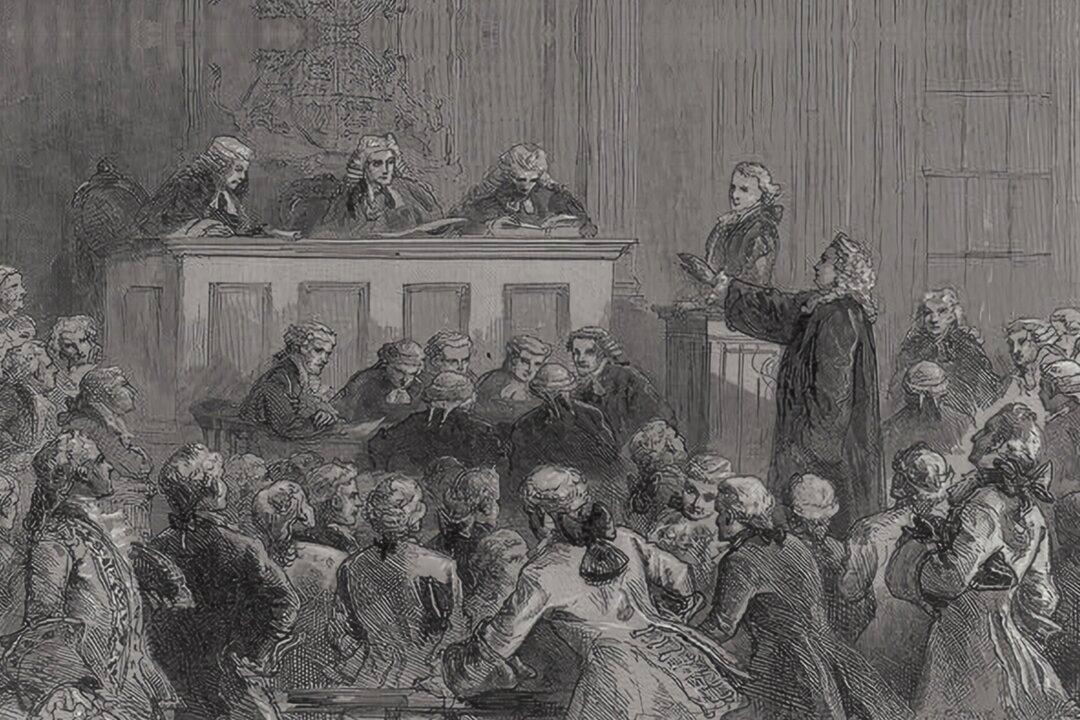When President Ulysses S. Grant—helped by Don Pedro II, emperor of Brazil—hand-cranked the 40-foot-tall, 600-ton engine to life, he was opening the first large-scale international exhibition ever to be hosted by the United States. It was May 1876, and this was the Philadelphia Centennial Exhibition. The massive Corliss engine, which the American president had just cranked on, had already won the top prize at the Paris Exhibition nine years earlier; now, it was the main attraction of America’s own Centennial expo.
The engine’s inventor was a machinist named George H. Corliss. Corliss had left school at age 14, working a variety of jobs until, in his early 20s, he began experimenting with machines. His was a natural gift. By his mid-20s, Corliss was awarded a patent for his first practical invention: a machine that could automatically stitch boots. But before he could mass produce and market the boot-stitcher, Corliss’s attention wandered to steam power. After a few years working at a steam engine (and boiler) manufacturing company, where he was given the freedom to experiment on his own designs, he started his own business. Corliss’s massive steam engine, with its unique valves regulating steam and exhaust, reduced heat loss and operated with significantly better fuel efficiency than those of his competitors.





